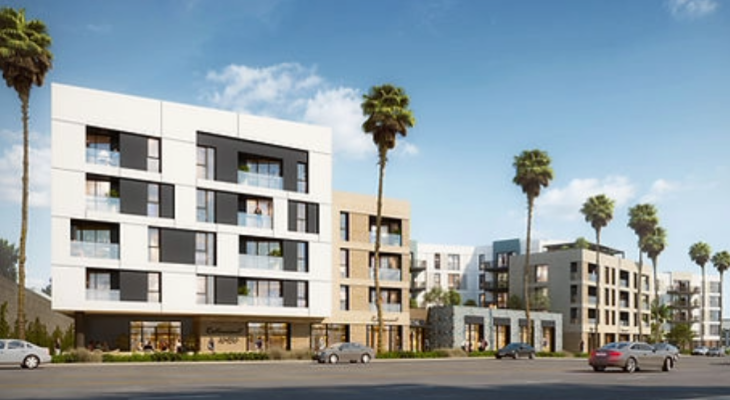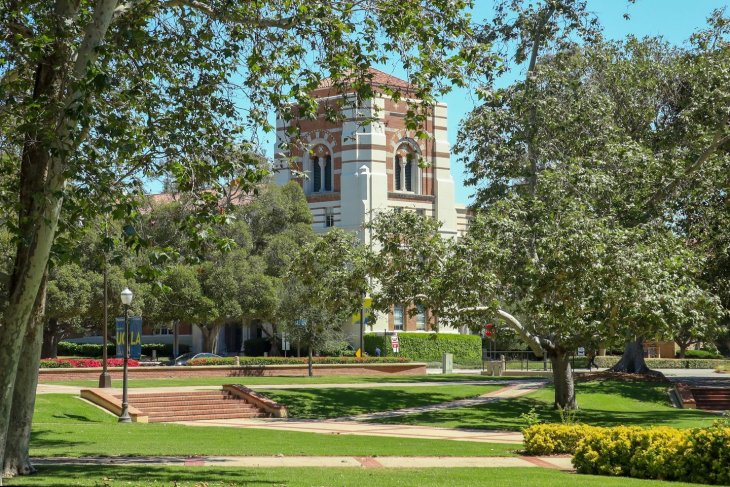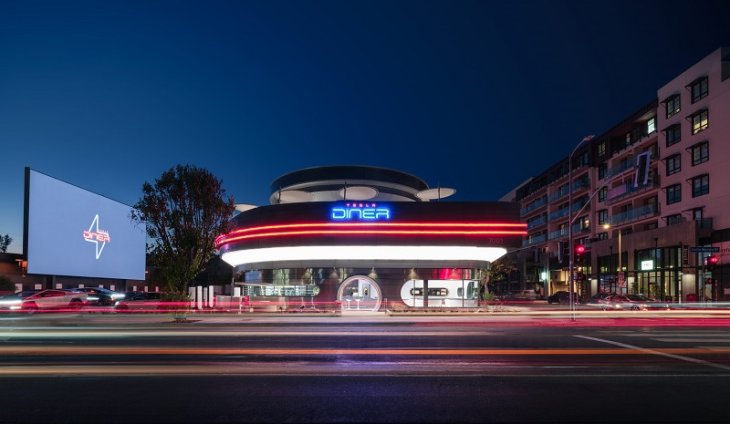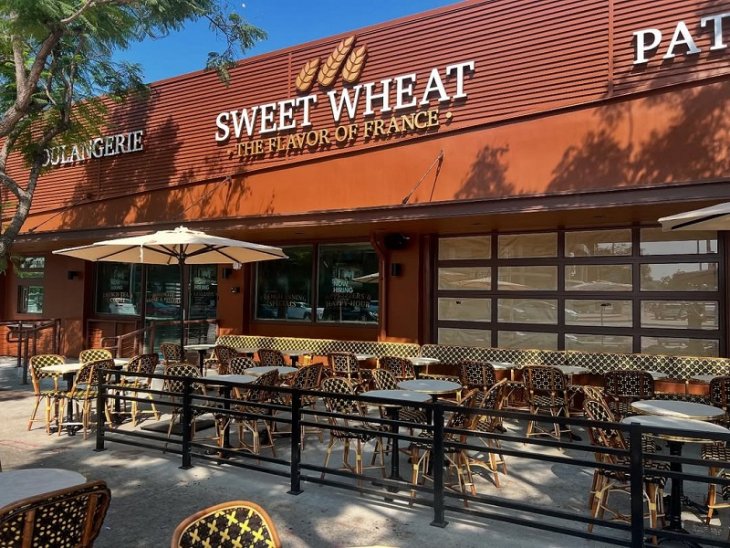Developers Mandated to Allocate Residential Units for Lower-Income Households
Marina del Rey developers embarking on new housing projects or substantial renovations will be required to allocate a higher proportion of affordable units in their buildings, as reported by Urbanize LA. This new rule is one passed by the Los Angeles Board of Supervisors in a recent vote.
The Board of Supervisors endorsed an amendment to the Marina del Rey affordable housing policy on October 17, which mandated that developers seeking approvals for significant refurbishments of existing apartment complexes set aside units for lower-income households in future projects. This stipulation applies to new leases or upcoming development endeavors, exempting entities presently leasing land in Marina from Los Angeles County. If those who already have a lease in the Marina seek discretionary entitlements subject to County approval, they may become subject to the revised policy.
Under the new policy, “substantial rehabilitation” is defined as major renovations or replacements of structural, electrical, plumbing, and mechanical systems necessitating the three or more tenants from a rental unit leaving the unit for a minimum of 15 days. Cosmetic improvements, such as painting or rehabilitation mandated by government code, do not fall under this provision.
Originally, the motion proposed an increase in on-site affordable housing in eligible projects from 15 to 20 percent; the final decision surpasses this target by requiring that 30 percent of all residential units in newly constructed and rehabilitated projects be designated for below-market rates. Within the category of restricted affordable units, two-thirds are allocated to very low-income households, while the remaining third caters to a mix of low- and moderate-income households. Notably, this 30 percent requirement exceeds those in place in other coastal jurisdictions within Los Angeles, such as Santa Monica, where the affordability mandate ranges between 20 and 25 percent in its Downtown Community Plan area.
Additionally, it surpasses the inclusionary housing requirements set out in the new Downtown Community Plans, which range from 8 percent to 16 percent based on income levels.
The updated affordable housing policy also introduces the condition that covenanted affordable units in Marina del Rey should be distributed according to a centralized waiting list maintained by the L.A. County Development Authority. The revision incorporates procedures and regulations for addressing the replacement of existing housing lost to redevelopment. A staff report presented to the Board of Supervisors anticipates reduced rent revenue for the County in the future as market-rate units transition into affordable units. Consequently, the County might need to provide compensation to lessees to maintain the economic feasibility of leases in the form of subsidies or credits.
This adjustment to the Marina del Rey affordable housing policy coincides with the County’s efforts to reshape the community’s vision statement while simultaneously attracting new affordable housing developments to the remaining parking lots surrounding the waterfront.





















